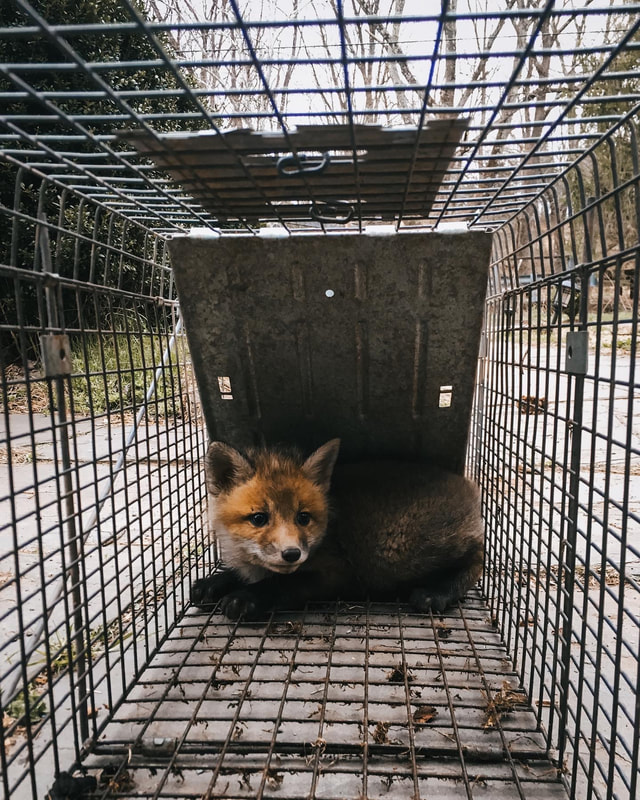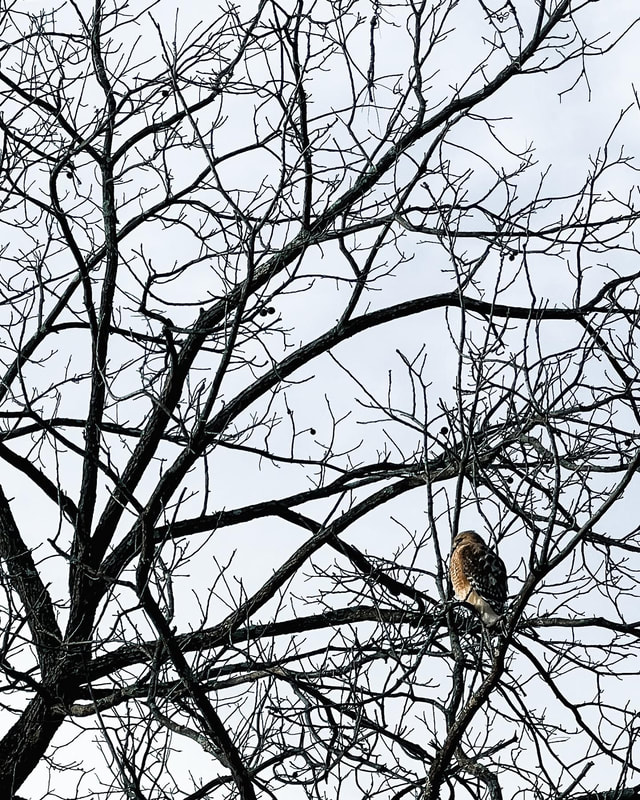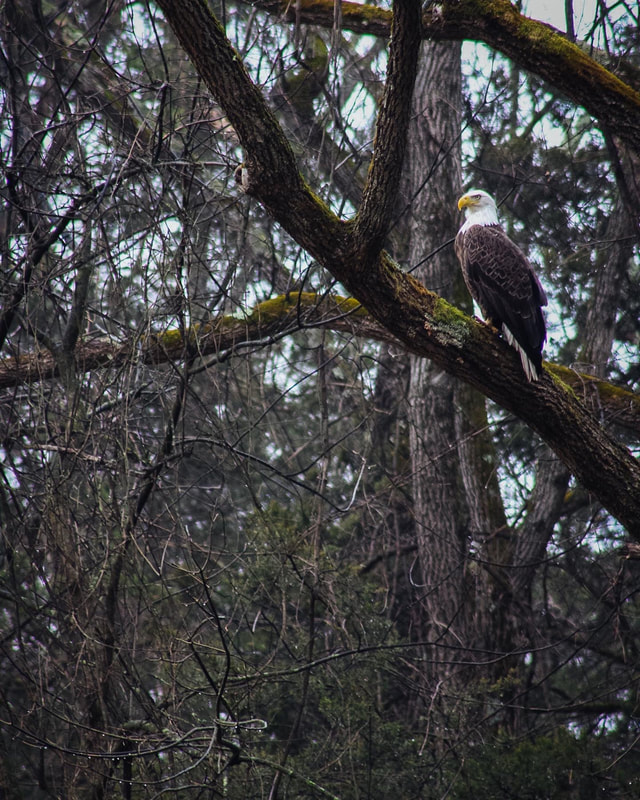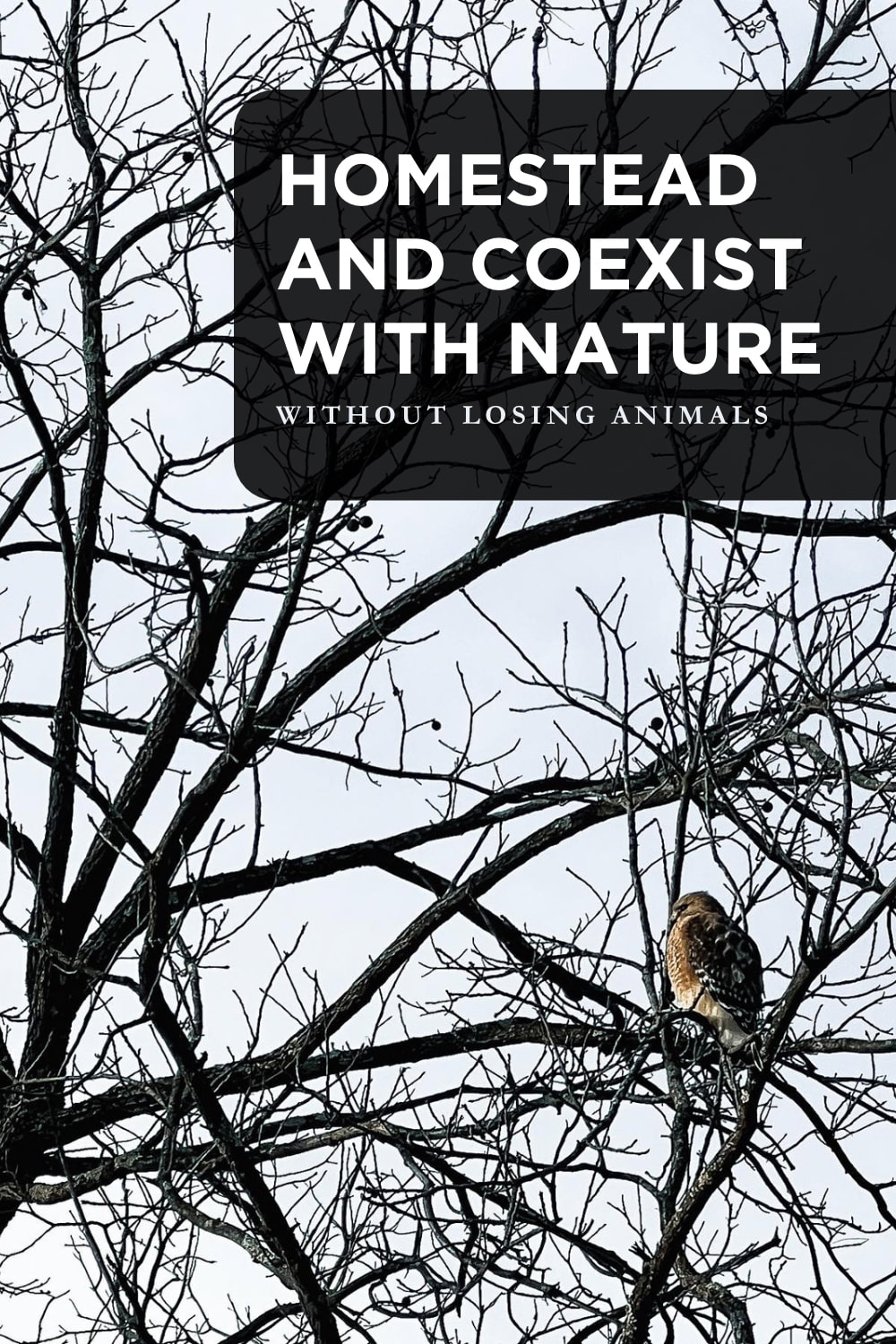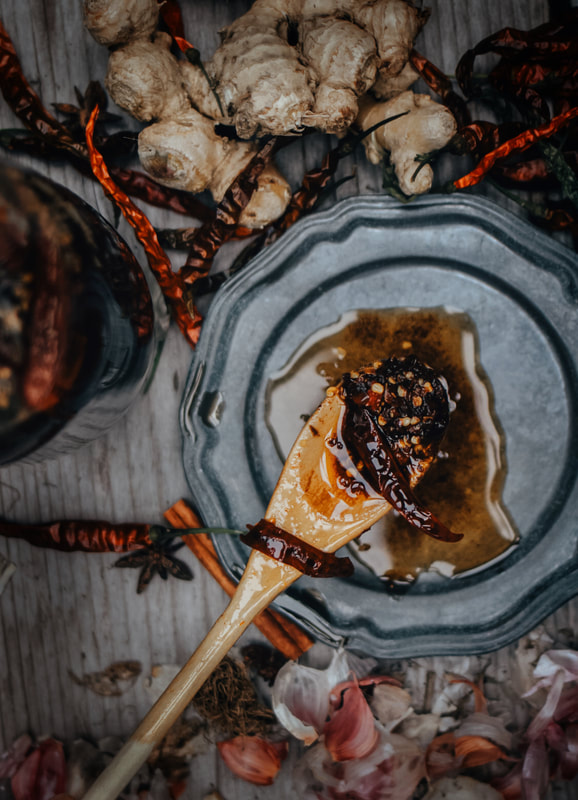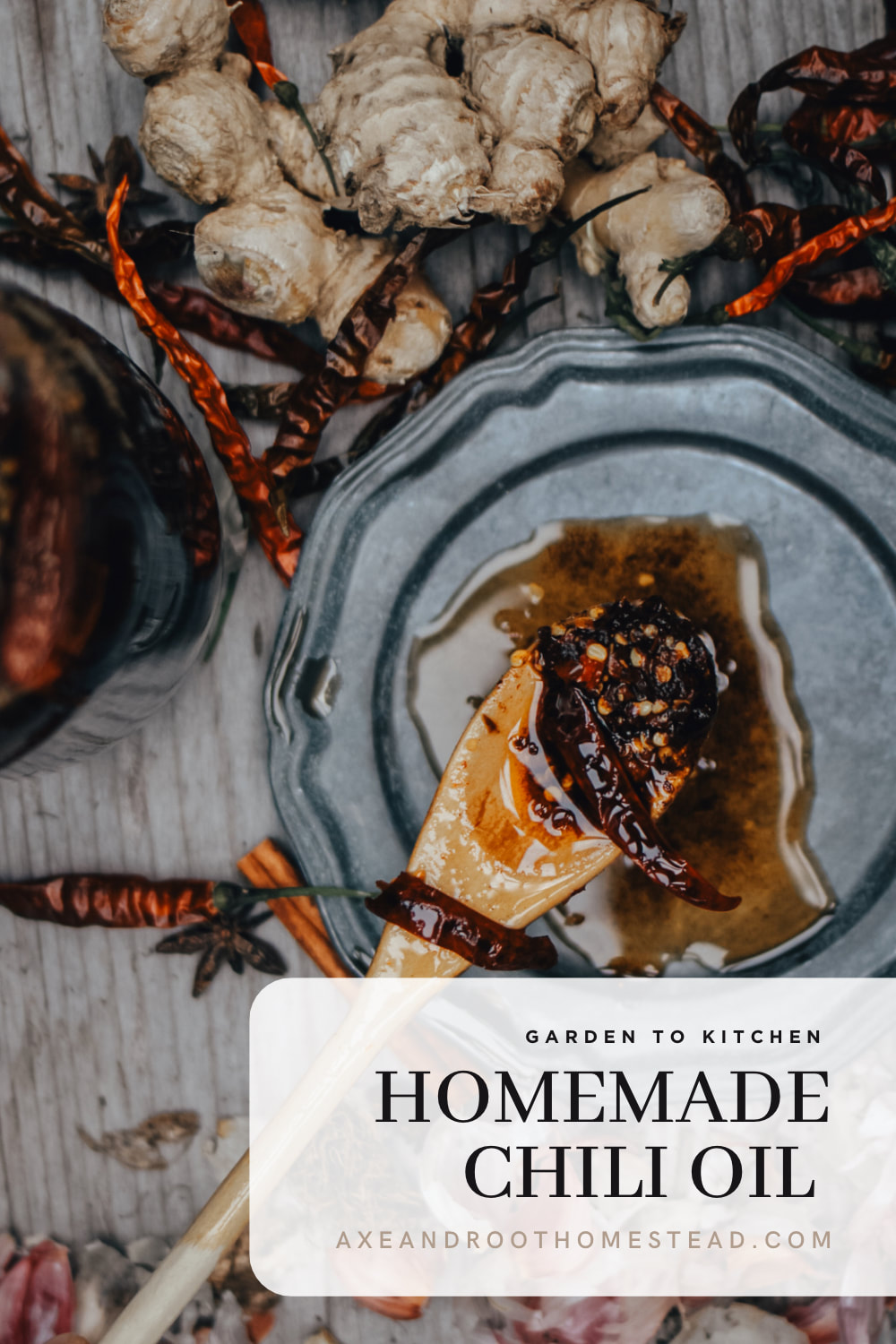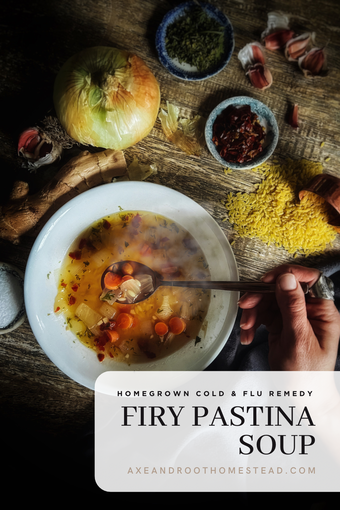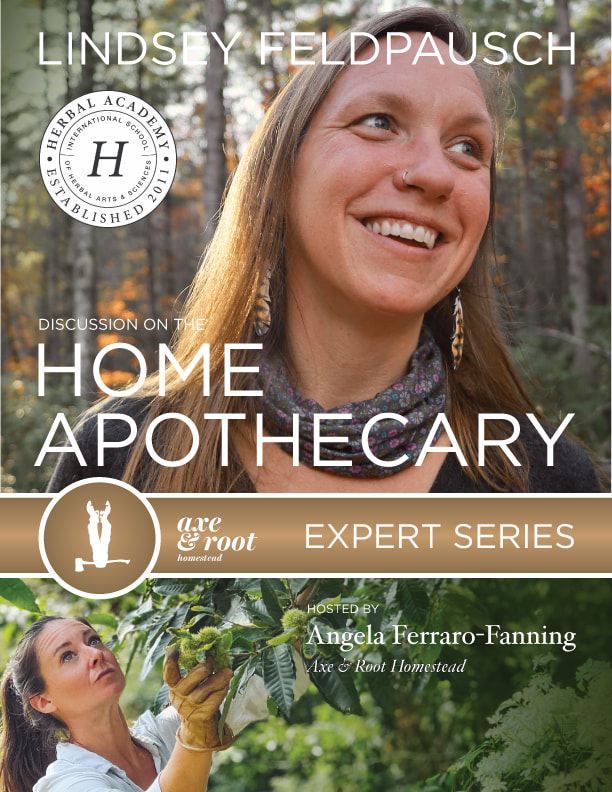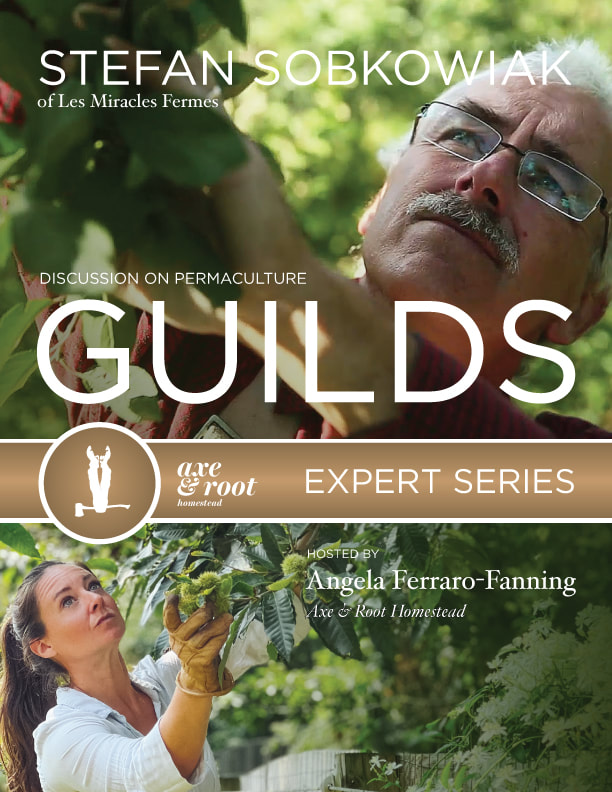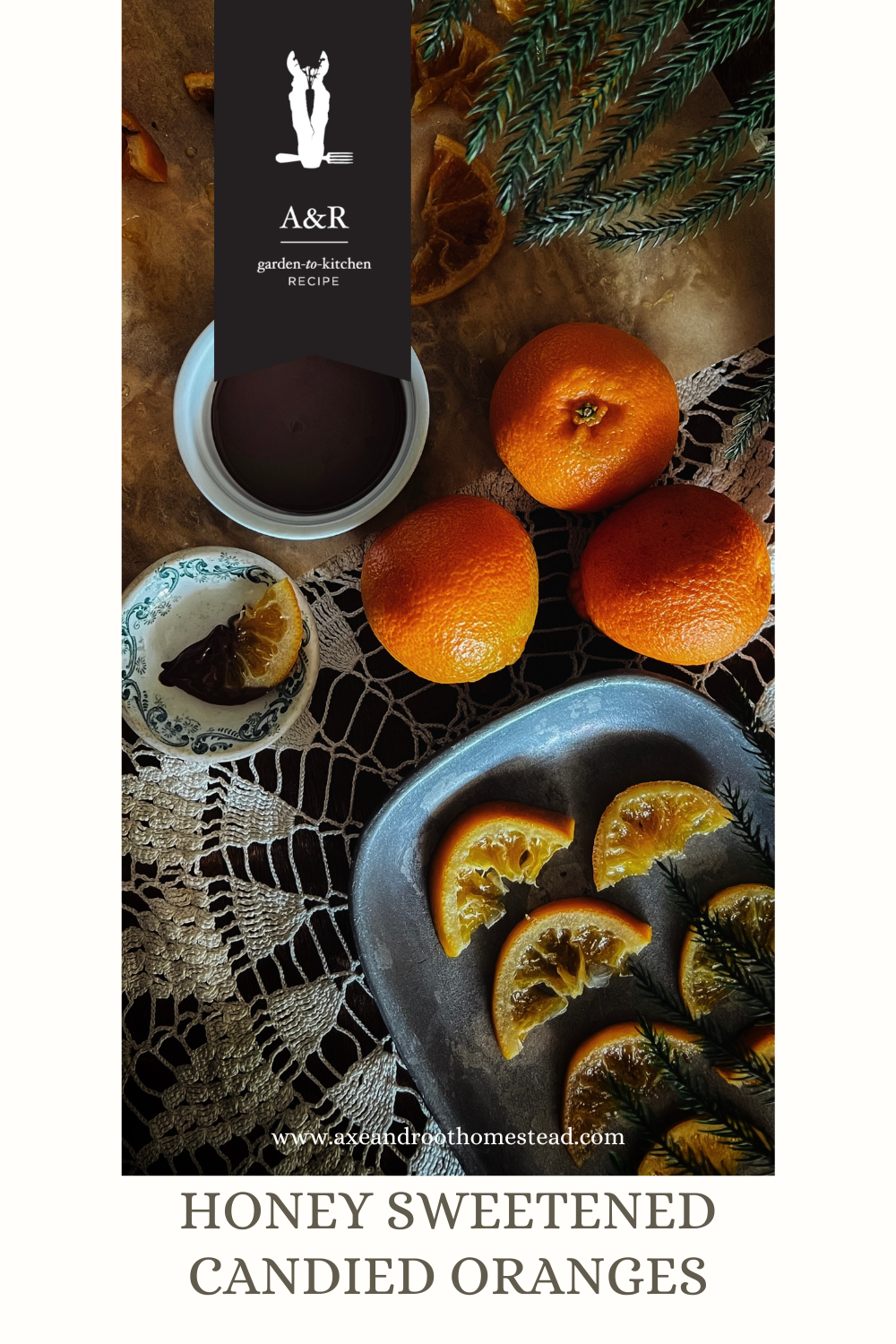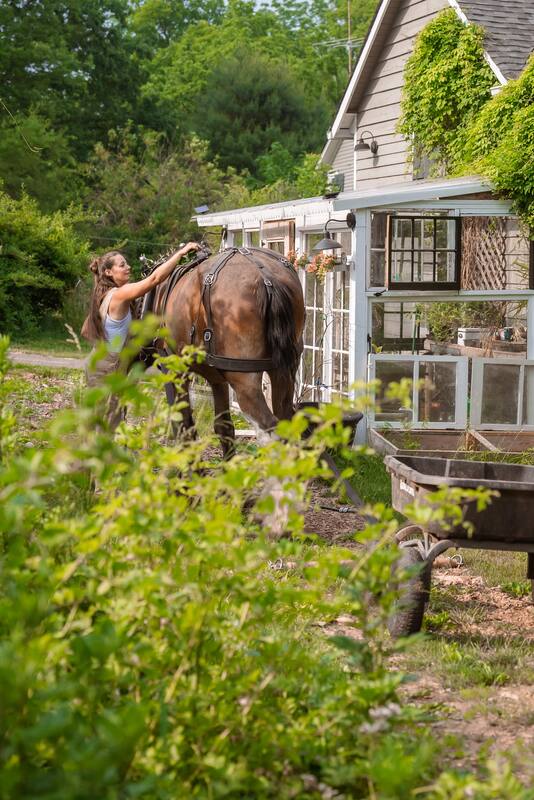|
Elderberry is literally one of the most useful plants on the homestead. The flowers, berries, plant tissue, and root systems all have functions. And even better yet--it's incredibly easy to propagate. I planted my first elderberry about seven years ago in a bad location before I realized how large and how quickly these plants grow. Now, I use it for cuttings and propagation for other portions of the property. I personally use the berries for dehydrating and making homemade elderberry syrup, but I also am working on creating privacy hedges and windbreaks from these strong and hardy plants.
To make a cutting, be sure to cut new shoots at the base of the soil line. All cuts should be 45-degree angles and each section should host lots of nodes or future root buds. From there, the cuttings can be stored in water to promote root growth, potted in seedling containers until you're ready to place them in their permanent homes, or planted right in the ground at their forever location. No rooting hormone is required. Be sure to plant the elderberry cuttings at a minimum of 2" deep for best root network development. Elderberries love compost and water. They also prefer a partial- to full-sun location. It's worth mentioning here again that more than one variety of elderberry is not required, but certainly is helpful in increasing your yields. I'm not really a holiday person (with the exception of Halloween...), but I do have favorite recipes I've created that are inspired by specific occasions. This one is super easy but looks fancy, and has been a crowd pleaser in our home for years. Plus it uses homegrown ingredients! This dessert is inspired by the raspberries I harvested from the garden and stored in my freezer (y0u can use strawberries too).
I'm sharing my Raspberry Chocolate Boxes—just in time for Valentines Day! These are just like those little raspberry cream chocolates found in the heart-shaped boxes of chocolates, except the inside is CAKE made with homegrown raspberries and homemade applesauce. RASPBERRY CHOCOLATE BOXES Ingredients 2 cups fresh raspberries, washed (can use frozen but thawed) 1/4 cup water 1/3 cup butter (dairy or plant-based), softened 1/2 cup sugar 1/2 cup unsweetened applesauce 1 tsp vanilla extract 1/4 cup milk (dairy or plant-based) 1.25 cups flour, sifted 1 tsp baking powder 1/4 tsp baking soda 1/2 tsp salt For the Chocolate 6 tbsp butter (dairy or plant-based) 3 cups bittersweet chocolate chips Fresh raspberries to garnish, optional DIRECTIONS Heat oven to 350F. Make a purée by combining raspberries and 1/4 cup water in a blender. Blend until smooth. Beat sugar and butter on high for 2 minutes in a stand mixer. Add applesauce, vanilla and milk. Mix on low for 30 seconds. In a separate bowl, blend flour, baking powder, baking soda and salt. Mix well and then add to the wet ingredients in the stand mixer. Blend until just combined. Next add purée and stir but do not over-mix. Pour into a greased cake pan (I use an 8x8” square). Bake for 24-28 minutes or until done. Allow to cool completely. Turn cake out onto parchment paper. Slice the cake into 1x1”squares. In a double boiler or microwave safe bowl, melt 6 tablespoons butter and chocolate chips. Carefully dip cake squares into chocolate to coat. Set on parchment paper and repeat until all cake is dipped. Top each square with a fresh raspberry if desired. Place in the refrigerator and allow to chill to harden chocolate. Store in an airtight container for up to 4 days. Pruning young fruit trees too much can cause over pruning damage and even death. Too little can cause branch wounds from rubbing, invite pests and disease, and decrease sunlight… which affects fruit! In this demo I'm sharing:
1. my rule for low branch trimming 2. what to remove 3. how to deal with bag worms the permaculture way 4. covering what is black knot fungus 5. removing suckers 6. how to trim a fruiting shrub back to a tree This video is just a basic overview for young fruiting trees. If you're looking for tips on fruit tree shaping, I've got a video on that here! Back in 2016, I had caught a fox kit accidentally in a have-a-heart trap. I was going to try to relocate a large fox who kept taking our ducks. She would look me in the eye, just feet from me, while taking my birds. I lost half my flock that year. I set out a trap in hopes of moving her to a new home, but I caught a kit instead. I hadn’t realized she was hunting to feed her offspring. I didn’t have it in me to hurt or remove the kit so I returned it. I knew then that I was a different breed of farmer, and that there had to be a way to grow food and keep stock safe while sharing space with wildlife. I started researching ideas for what I was calling “holistic homesteading” before I knew it was called permaculture. That’s when the shift went from a utopian idea to implementation and practice. 1. The first thing I did was get a livestock guardian dog. I knew if I removed one fox family, another would just move into their burrow. I needed a dog to communicate a boundary. 2. While waiting for my Anatolian Shepard to grow and be able to take charge of the birds, I upped my guardian geese numbers. They can’t withstand a physical fight with a predator, but they could sure sound their alarm and alert me when they saw something approach. 3. I dedicated specific areas of my land to wildlife and their traffic patterns. I respect their space, their comings and goings, and leave natural forage for them. Now, with these efforts in place, my birds are literally out 24/7 with their guardian protector. I don’t use a coop. They sleep in a pasture with access to an optional shelter. The fox keep to their trails and traffic areas and do not enter the farmyard. I see them almost daily circumventing the farm to hunt. Heron, owls, and hawks do not prey on my birds with the dog and guardian geese present.
Gophers and deer no longer enter my growing spaces. Anything fragile gets put inside a growing fence. Deer and gophers aren’t interested in walking past my guard dogs, even when they’re fenced in their pastures. These pastures reside on the exterior boundaries of my property lines. They would have to walk inward past the dogs and guardian goose alarms to get to my orchard and they simply choose not to. If natural hunters were not here, we would have increased pressure from raccoons, fisher cats, weasels, and more. Rather than deter wildlife, I invite owls by hanging owl housing. I do not remove nor destroy eagle nests. Black bear tossed my empty beehive around shortly after we moved in, thankfully, before I had installed my first hive. After that, I ratchet strap my hives tight and keep them within visibility of the dogs (at a safe distance). Rather than think of homesteading as a game of wildlife vs. my farm, I think of my stock and my plants as filling in the gaps of what nature doesn’t already provide here. I try to complement what exists rather than venture on an unproductive, frustrating journey of tug of war. Sometimes you just need a good chili oil, am I right? This oil is extremely full flavored. It's not just olive oil mixed with a little kick. This is an all out flavor fest with ginger, shallot, garlic, cinnamon, pepper, anise, chilis (of course), and more. I use it for drizzling over tofu or stir fry dishes, for adding a burst of flavor to the top of whipped ricotta cheese dip, or for just plain dipping with good crusty bread. It's SO good. Ingredients for the chili base
3 oz. crushed red pepper/chili flakes 10-12 whole dried chilis, stems removed (thai, birdseye, etc.) 2 teaspoons salt 2 teaspoons sugar 1 teaspoons white pepper, ground 5 tablespoons olive oil 2 tablespoons smoked paprika, ground (for color) Ingredients for the oil infusion 20 oz. olive oil (I used extra virgin) 4" knob of fresh ginger, peeled and sliced into 1" chunks 20 cloves of garlic, smashed and peeled, whole 5 shallots, peeled and sliced in half 10 star anise, rinsed with water 5 cinnamon sticks, rinsed with water Directions Mix all of the ingredients for the chili base in a large heat-safe bowl or container. Set aside. Next, we'll start the oil infusion. Pour the 20 ounces of olive oil in a large saucepot over medium high heat. Allow to heat until it reaches roughly 225 degrees Fahrenheit. If you don't have a thermometer, allow to heat for about five to ten minutes. Drop a small scrap of shallot into the oil. If it simmers with small bubbles, it's ready. If it deep fries with large bubbles and seems intense, turn down the heat. Make sure to remove your tester shallot slice. Once the oil is hot, add the sliced ginger. Allow to fry for only 15 seconds. Remove the ginger with a strainer and set aside. It should not be blackened, just slightly browned. It's important to not burn the ingredients that are infusing the oil. Next add the garlic. Fry for 20 seconds. Remove and set aside. Next add the shallot. Allow to cook for 30 seconds. Remove and set aside. The star anise should have been rinsed under water to keep from scorching during cooking, as should have the cinnamon sticks. Add the moistened star anise to the oil. Allow to cook for 2.5 minutes. Remove the anise and set aside. Lastly add the cinnamon sticks. Allow to cook for 90 seconds. Remove the cinnamon and set aside. Turn off the heat and allow the infused oil to cool slightly. The solids from infusing the oil (the ginger, garlic, shallot, etc.) may be discarded or composted. After allowing the infused oil to cool for about 5 minutes, pour a small amount from the sauce pot into the heat safe container holding the chili base. We want the oil to heat the chili base gradually--not all at once or we risk cooking the ingredients! I usually start by pouring in about a 1/2 cup. Over the next few minutes, slowly add the infused oil about 1/2 to one cup at a time until all of the infused oil resides in the heat safe container. The chili oil is now prepared! Allow to fully cool before handling, eating, or storing in air tight containers. Infused oil can be stored in the refrigerator to prolong shelf life. I personally keep mine on the counter as we go through it quickly! Just remember chilled oil can solidify so be sure to set out to warm up for a while before use.
Need to learn seed catalog jargon? I’ve got you covered. I’m explaining determinate, indeterminate, open-pollinated, hybrid, heirloom, and non-GMO. There’s plenty of other terms… like crown, rhizome, tubers, bulbs, bare root, etc. We’ll do a part two. Happy seed shopping!
Determinate variety: A crop that grows to a determined size. Indeterminate variety: The crop will continue to grow in height indefinitely or until the end of the season. Heirloom: Seeds that are true to their parent and have been passed down through generations with minimal (aka only naturally occurring) modification. These crops are well established and seeds can be saved and replanted. Hybrid: Crop seeds that are the result of crossing two or more parent crops to achieve specific desired traits like yield, pest resistance, larger produce, etc. This can be done in the field or in a lab. Seeds from these crops can be saved but will not likely reproduce true to their parent. F1 Hybrid: Crop seeds that are the first of their generation, achieved by crossing one or more parent plants of varying types or species, in a lab setting, often accompanied by genetic modifications (GMO). Seeds from these crops can not be saved and replanted. Open Pollinated: Seeds that are from a parent plant which was not necessarily segregated from other varieties and was pollinated by natural means such as from insects, wind, traffic, etc. There’s more potential for cross-pollination here. Seeds can be saved and replanted but variable offspring is likely. Organic: Seeds that come from crops where no (or very low levels that still meet organic certification criteria) chemicals, pesticides, or herbicides were used. If fire cider was a soup. This is the wicked spicy version of Italian penicillin soup (aka pastina) I make when feeling sick. I take the age old pastina soup remedy up several notches by adding extra garlic, fresh ginger, hot chilis, lemon juice, and black pepper. Plus I add reishi mushroom powder to offer the body extra support (it’s an adaptogen). When I get a bowl of this into my system 2-3x a day when sick, nasty bugs head for the hills fast.
Unlike traditional pastina where a portion of the soup is blended and then returned to the stockpot as a thickener, there's no blending here. When I'm not feeling 100%, I want a quick one-pot meal with as little prep as possible. Ingredients 1 tablespoon olive oil 1 medium white onion, chopped 1 heaping tablespoon garlic, minced crushed red pepper to taste (I use about two teaspoons) 1 tablespoon fresh ginger, minced 2 large carrots, washed and sliced or diced 4 cups vegetable broth 3 cups water 1/3 cup pastina or orzo salt and pepper to taste 1 tablespoon dried oregano or parsley 1 teaspoon reishi mushroom powder juice of 1 lemon Directions Add olive oil to a large stock pot over medium high heat. Add the onion and soften, about 4-5 minutes. Add the garlic, crushed red pepper flakes, and ginger, and stir. Allow to cook until fragrant, about one minute. Add the sliced carrots and cook one minute more. Pour in the vegetable stock and water. Bring to a boil. Once the water begins to boil, stir in the orzo or pastina and add the salt, pepper, and parsley or oregano. Stir. Reduce to a simmer and allow to cook for 10 minutes. Turn off the heat and add the reishi mushroom powder along with the lemon juice. Serve warm. Any leftovers can be stored in the refrigerator in an airtight container and reheated as individual servings. Here's why I've included what I've added to the classic Italian penicillin recipe:
Permaculture Tip: I use homegrown ingredients for this soup and make my own vegetable stock. Crops that are deemed too small or imperfect are great for drying or freezing, and then using in soups and homemade broths later on, all winter long. And, yes, I even grow my own ginger. Homegrown ginger does well in a sunny windowsill for those of us in cold climates. *Panossian, Alexander and Wikman, George (2010) Effects of Adaptogens on the Central Nervous System and the Molecular Mechanisms Associated with Their Stress—Protective Activity. Pharmaceuticals (Basel) 3(1): 188–224.
Some plant species require a cold period in order for their seeds to germinate and/or successfully thrive. The seed utilizes the cold to break down the seed coating. In other cases, the seeds germinate with warmth and moisture, but some prefer to sit out in the cold as their seedlings develop. Most of the time, details on cold stratification requirements for specific plant species can be found on the back so seed packets.
You can sow cold loving seeds outdoors in trays under protection from heavy rain, snow and wind like under a covered porch or in an unheated garage. You can also mimic nature's cold temperatures by placing seeds in a container in the refrigerator as shown in the video. Here’s several examples of plants that require cold (typically around 40 degrees Fahrenheit and under) in order to get established: Fruit and Vegetables Strawberry, Artichokes, Crabapple, Cilantro, Goji, Hops, Mulberries, Quince, Apple, Ramps, Flowers and Shrubs Dogwood, Southern Magnolia, Delphinium, Columbine, Clematis, Monkshood, Lady’s Mantle, Butterfly Bush, Sunflower Geranium (perennial), Lavender, Hibiscus, Heuchera, Rudbeckia, Sedum, Viola, Pincushion flower, Globeflower, Autumn Olive, Bachelors Buttons, Milkweed, Heather, Hollyhocks, Lupine, Osage Orange, Perennial sunflowers, Rose Herbs Arnica, Anise Hyssop, Bergamot, Black Cohosh, Chamomile, Chives, Elderberry, Echinacea, False indigo, Ginseng, Lemon Balm, Licorice, Lavender, Marshmallow, Mullein, Oregano I am so excited to share the Axe & Root Homestead Expert Series. These are FREE online zoom webinars for registered attendees, where some of the greatest minds in agriculture and permaculture have agreed to chat with me and answer some audience questions. Workshops and conferences are great ways to learn and connect, but not everyone can afford the costs. I want to bring these discussions to you and give a few folks the chance to ask their questions to these incredible experts. These FREE online zoom classes are an opportunity to learn without the steep overhead costs associated with workshops and conferences. Please allow approximately 45 minutes for each class, with a maximum cut-off time of 60 minutes. Streaming a recording version of the discussions will be available on YouTube at a later date.
Honey sweetened/candied oranges are a healthier holiday sweet! I have such a sweet tooth and it’s so hard to not indulge in EVERY cookie I meet this time of year. So to keep in consistency with my passion for seasonal eating, I started making these honey orange slices. Someday, I’ll be making these from 100% homegrown citrus! For now I mix homegrown and store bought fruit with honey from my own hives. You can also dip these in dark chocolate for an added festive touch!
Ingredients 12oz raw honey 12oz water 4 navel or Cara cara oranges, sliced Optional melted dark chocolate Directions Combine honey and water for a 1:1 syrup in a sauce pot. Bring to a boil and whisk to dissolve honey. Add orange slices and reduce to a simmer. Simmer, without stirring, for 45 minutes. Using tongs, place slices on a parchment paper lined baking sheet. Make sure they are not overlapping or touching. Chill in the refrigerator for 2 hours to set. Then either eat as is or dip in melted chocolate! |
Angela is the farmer and content creator behind Axe & Root Homestead® LLC. This historic six-acre permaculture farm is home to two Clydesdale horses, ten honeybee hives, five sheep, two guardian dogs, barn cats and a flock of 40 geese and ducks. The farm produces maple syrup, fruit from a small orchard and loads of garden produce for consumption, preservation and donation to the local food pantry.
The Sustainable Homestead is available NOW!
Categories
All
|



